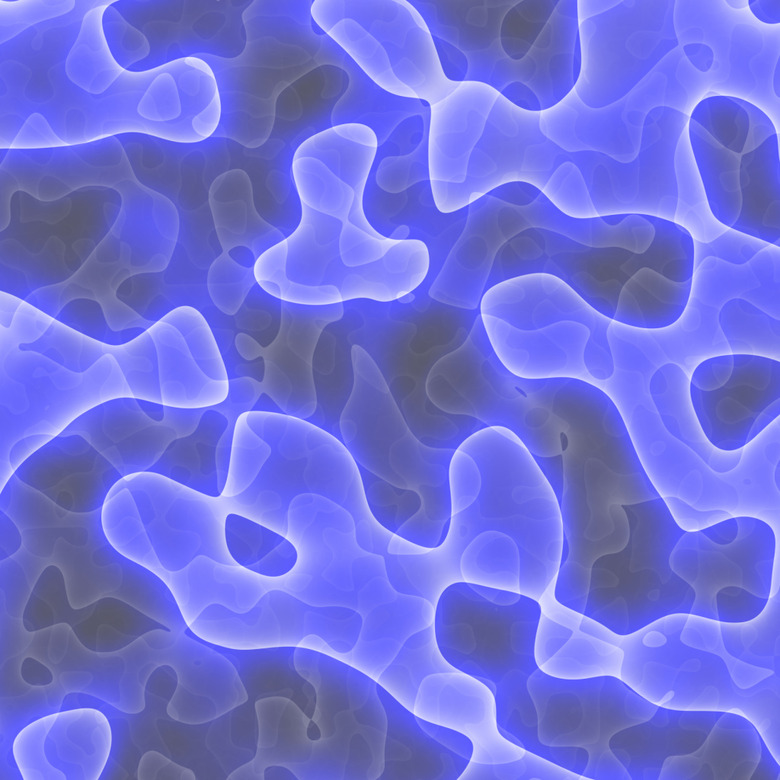Which Is Single-Celled: Prokaryotes Or Eukaryotes?
All prokaryotes are single-celled organisms, but so are many eukaryotes. In fact, the vast majority of organisms on earth are single-celled, or "unicellular." Prokaryotes are split into two taxonomic domains: Bacteria and Archaea.
All eukaryotes fall under the domain Eukarya. Within Eukarya, the groups for land plants, animals, and fungi are dominated by multicellular organisms. The rest of Eukarya are part of a large, diverse group of organisms called the protists, most of which are unicellular organisms.
Prokaryotes Versus Eukaryotes
Prokaryotes Versus Eukaryotes
Prokaryotic organisms exist as a single prokaryotic cell, while eukaryotes consist of one or more eukaryotic cells. There are several key differences between prokaryotic and eukaryotic cells. Most DNA in a eukaryotic cell is enclosed within a membrane-bound nucleus, while prokaryotic cells do not have a true cell nucleus. Eukaryotic DNA consists of strands with ends while prokaryotic cells have circular DNA with no ends.
Cellular machinery is spread throughout prokaryotic cells but the machinery of eukaryotic cells is contained within membrane-bound compartments called organelles. This compartmentalization allows eukaryotic cells to regulate cell functions more efficiently than their prokaryotic ancestors. Finally, eukaryotic cells are around 10 to 20 times larger than prokaryote cells.
Prokaryotes
Prokaryotes
Prokaryotes were the first life-forms to colonize Earth and remain the most numerous organisms on the planet. They are highly adaptable, surviving extreme conditions that no other organism can withstand. Their small size and simple structure allows them to reproduce very rapidly and hence evolve survival mechanisms much faster than other organisms.
Prokaryotes give the Grand Prismatic Spring in Yellowstone National Park — which can reach 87 degrees Celsius (188 degrees Fahrenheit) at its center — its distinctive bright colors. Bacteria have been found living in Arctic permafrost, where they survive at -25 degrees Celsius (-13 degrees Fahrenheit).
Prokaryotes move through their environment using long, rotating hair-like tubes called flagella. Prokaryotes obtain nutrients and energy from different sources, but they can be classified into two broad groups: autotrophs and heterotrophs. Autotrophs obtain carbon by photosynthesis and heterotrophs obtain carbon from organic matter.
Protists
Protists
Unicellular protists also occur as autotrophs and heterotrophs. A well-known heterotroph is the carnivorous amoeba, which engulfs smaller protists and bacteria. Other heterotrophs include paramecium, and molds, rusts and mildews. Autotrophic protists include dinoflagellates, diatoms and algae.
Many protists have the ability to actively move around their environments using flagella or cilia, shorter but more numerous tubes that beat rather than rotate. Others, like the amoeba, move by rapidly changing the shape of their cell using fluid transfer, a process known as pseudopodia. Some protists are less mobile, relying on wind or water currents for distribution. These include some diatoms and many types of mold and slime.
Some eukaryotic unicellular organisms, such as dinoflagellates and slimes, form colonies that make them appear as if they are a multicellular organism. However, each cell functions independently within the colony.
Role in the Environment
Role in the Environment
Prokaryotes decompose dead organic matter and are an important component of carbon and nitrogen cycles. Decomposers release carbon dioxide, methane, oxygen and soluble nitrogen into the environment. Photosynthetic prokaryotes fix, or sequester, carbon within their cells and nitrogen-fixing bacteria do the same for nitrogen. Photosynthetic protists also play an important role in carbon fixation and oxygen production.
Prokaryotes and protists enter into symbiotic relationships with plants and animals. Most are helpful — for example, bacteria in the human gut help to digest food — while others are parasitic that cause damage to the tissues of plants and animals.
References
- Todar's Online Textbook of Bacteriology: Impact of Microbes on the Environment
- Todar's Online Textbook of Bacteriology: Structure and Function of Prokaryotes
- College of DuPage: Prokaryotic and Eukaryotic Cells
- Nicholls State University: Lecture on Protists
- CBC News: Arctic bacteria found multiplying at record –15 C
Cite This Article
MLA
Campbell, Kirsten. "Which Is Single-Celled: Prokaryotes Or Eukaryotes?" sciencing.com, https://www.sciencing.com/singlecelled-prokaryotes-eukaryotes-22946/. 30 July 2019.
APA
Campbell, Kirsten. (2019, July 30). Which Is Single-Celled: Prokaryotes Or Eukaryotes?. sciencing.com. Retrieved from https://www.sciencing.com/singlecelled-prokaryotes-eukaryotes-22946/
Chicago
Campbell, Kirsten. Which Is Single-Celled: Prokaryotes Or Eukaryotes? last modified March 24, 2022. https://www.sciencing.com/singlecelled-prokaryotes-eukaryotes-22946/
